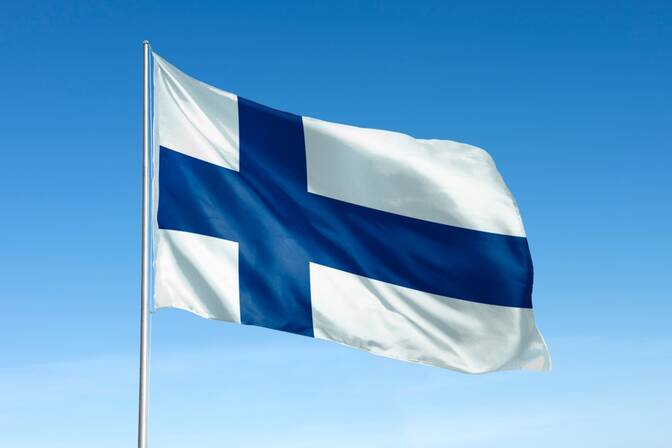Independence Day
December 6, Saturday

Historical significance
On December 6, 1917, the Finnish Parliament (Eduskunta) approved the Declaration of Independence, prepared by the Senate of Finland under the leadership of Pehr Evind Svinhufvud. The document proclaimed Finland a sovereign and independent state following the collapse of the Russian Empire. Finland’s independence was recognized by Soviet Russia on December 31, 1917.
Meaning of the holiday
Independence Day symbolizes national unity, freedom, and respect for those who fought for independence and defended the country during wars. It is a time of national pride and reflection on the values of democracy, independence, and peace.
Traditions of celebration
In Finland, this day is observed with great respect and solemnity:
– national flags are displayed on buildings;
– in the morning, official wreath-laying ceremonies are held at monuments to fallen soldiers;
– in the evening, two candles are lit in windows as symbols of remembrance and gratitude;
– the President of Finland hosts a formal reception at the Presidential Palace, attended by veterans, cultural figures, politicians, and community leaders;
– schools, churches, and cultural institutions hold concerts and events dedicated to Finland’s history and national identity.
Modern significance
Today, Independence Day of Finland is not only a historical holiday but also a day of national unity. It reminds citizens of the importance of independence, civic responsibility, and national solidarity. The holiday combines solemnity, respect for history, and a quiet family atmosphere.
Independence Day in other years
- 2021 December 6, Monday
- 2022 December 6, Tuesday
- 2023 December 6, Wednesday
- 2024 December 6, Friday
- 2026 December 6, Sunday
